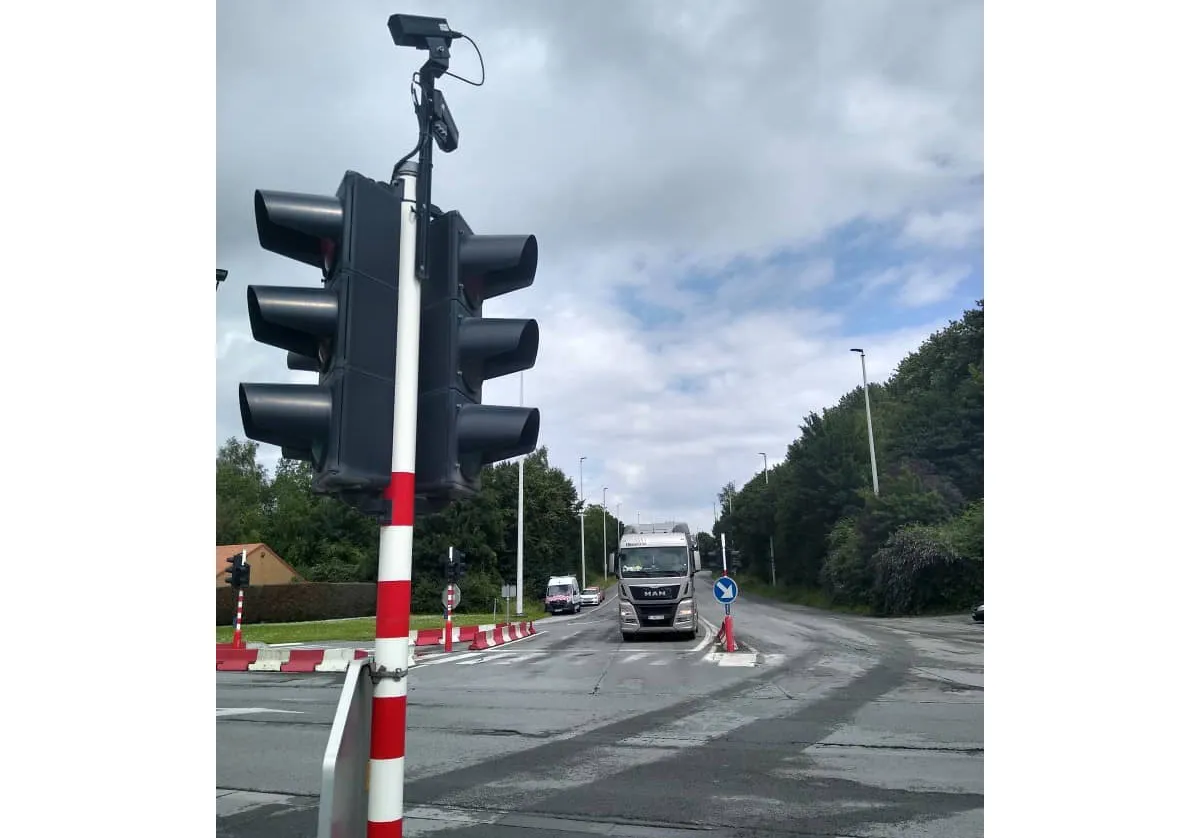UK tyre-monitoring specialist WheelRight has provided its drive-over tyre pressure monitoring technology to The Ray, a US-based project designed to showcase new technologies that will create a blueprint for the sustainable motorways of tomorrow.
Comprising an 18-mile stretch of highway on West Georgia’s Interstate 85, The Ray is a proving ground for new ideas and technologies that will transform the transport infrastructure of the future. The environmental project is named after Ray C. Anderson, an Ameri
December 2, 2016
Read time: 2 mins
UK tyre-monitoring specialist 8005 WheelRight has provided its drive-over tyre pressure monitoring technology to 8353 The Ray, a US-based project designed to showcase new technologies that will create a blueprint for the sustainable motorways of tomorrow.
Comprising an 18-mile stretch of highway on West Georgia’s Interstate 85, The Ray is a proving ground for new ideas and technologies that will transform the transport infrastructure of the future. The environmental project is named after Ray C. Anderson, an American entrepreneur recognised as a leader in green business ethics.
Working with vehicle partner5229 Kia Motors Manufacturing Georgia (KMMG) and the charitable foundation behind the project, WheelRight is providing its technology at The Ray’s Visitor Information Centre. This will be the first publicly available installation of the WheelRight drive-over tyre safety system in the US.
The drive-over solution comprises an array of sensors in a strip embedded in the road reads tyre pressures and tread depths as the vehicle drivers over it with no need for additional sensors, such as TPMS, on the car. The system is connected to an automatic number plate recognition camera so the data can be assigned to the correct vehicle and transmitted by SMS to the driver or to the fleet engineer or fleet management system.
KMMG and The Ray have committed to fully fund the acquisition and installation of the WheelRight tyre safety technology, thereby providing the services free of charge to drivers on The Ray, and creating more awareness of the dangers and negative economic impacts of driving with under or overinflated tyres and badly worn treads. Annually, more than 762,000 visitors travelling in nearly 244,000 cars and trucks stop at the West Point VIC for travel information and comfort breaks.
Comprising an 18-mile stretch of highway on West Georgia’s Interstate 85, The Ray is a proving ground for new ideas and technologies that will transform the transport infrastructure of the future. The environmental project is named after Ray C. Anderson, an American entrepreneur recognised as a leader in green business ethics.
Working with vehicle partner
The drive-over solution comprises an array of sensors in a strip embedded in the road reads tyre pressures and tread depths as the vehicle drivers over it with no need for additional sensors, such as TPMS, on the car. The system is connected to an automatic number plate recognition camera so the data can be assigned to the correct vehicle and transmitted by SMS to the driver or to the fleet engineer or fleet management system.
KMMG and The Ray have committed to fully fund the acquisition and installation of the WheelRight tyre safety technology, thereby providing the services free of charge to drivers on The Ray, and creating more awareness of the dangers and negative economic impacts of driving with under or overinflated tyres and badly worn treads. Annually, more than 762,000 visitors travelling in nearly 244,000 cars and trucks stop at the West Point VIC for travel information and comfort breaks.










